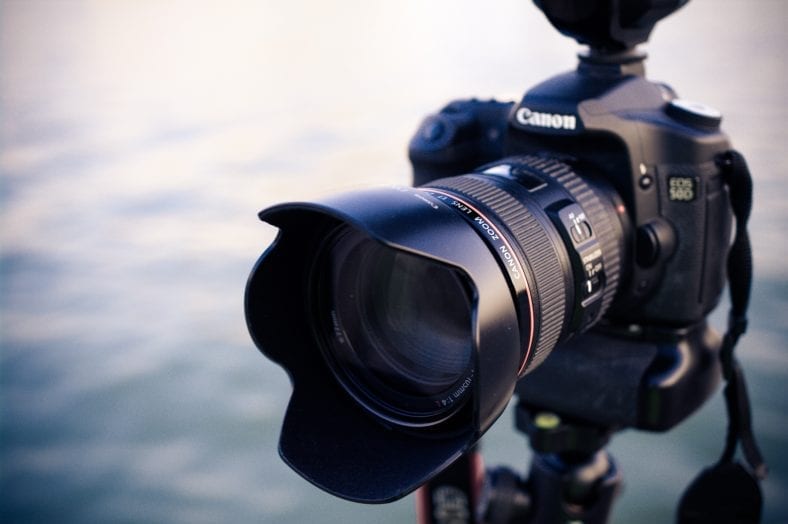On episode 68 of The Edge of Innovation, we’re talking with freelance photographer Al Pereira, about being an entrepreneur and running Advanced Photo, a photography store in North Reading, Massachusetts.
Categories: Photography, Podcast, The Edge of Innovation
Tags: #camera, #cameras #business, #darkrooms, #entrepreneurship, #expert, #freelance, #freelancephotographer, #newsphotographer, #newsphotography, #photographer, #reporting, #stories, #weddingphotography, college, entrepreneur, freelancing, news, photography, photos, pictures, smallbusiness

Leave a Reply
You must be logged in to post a comment.